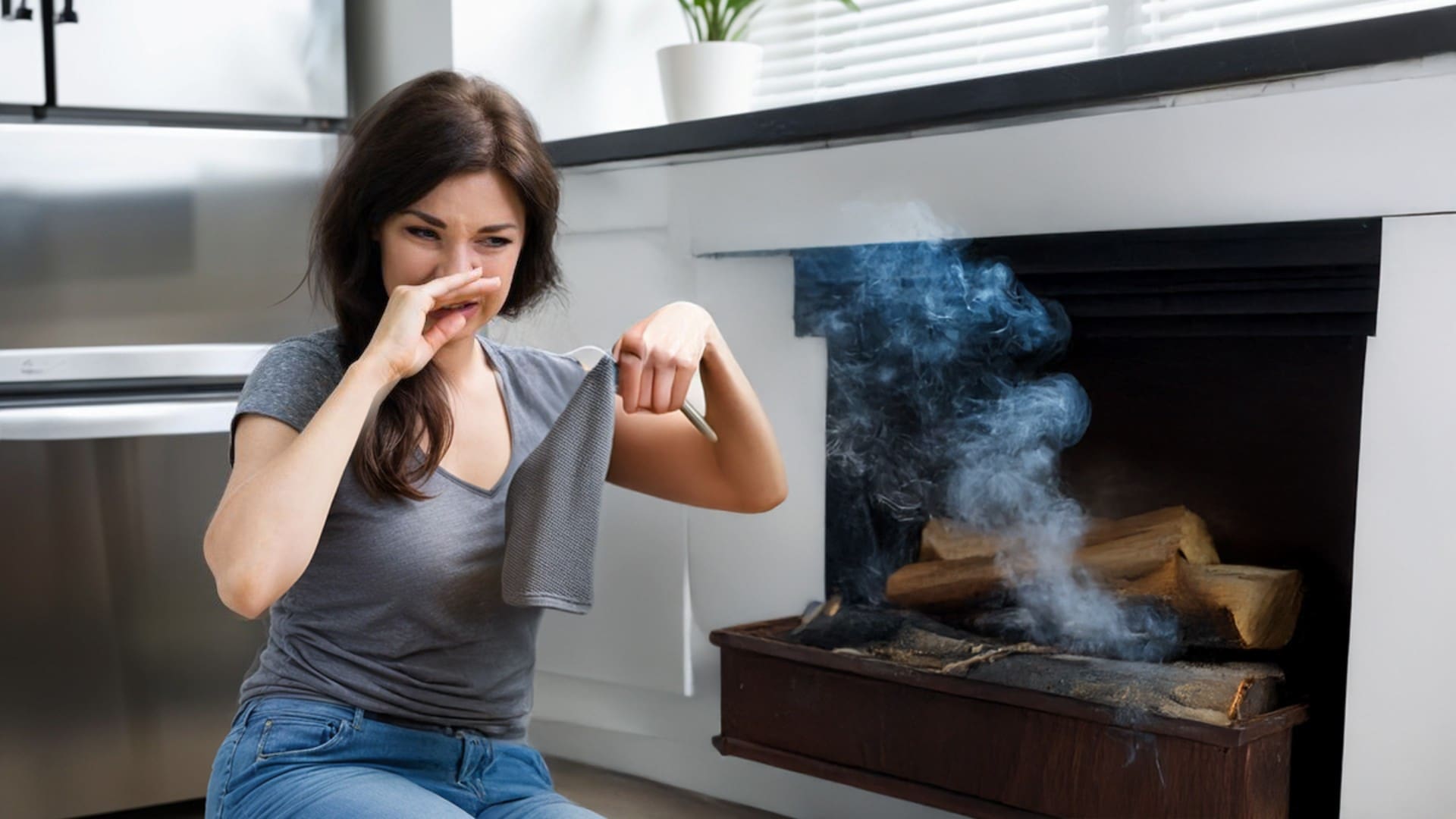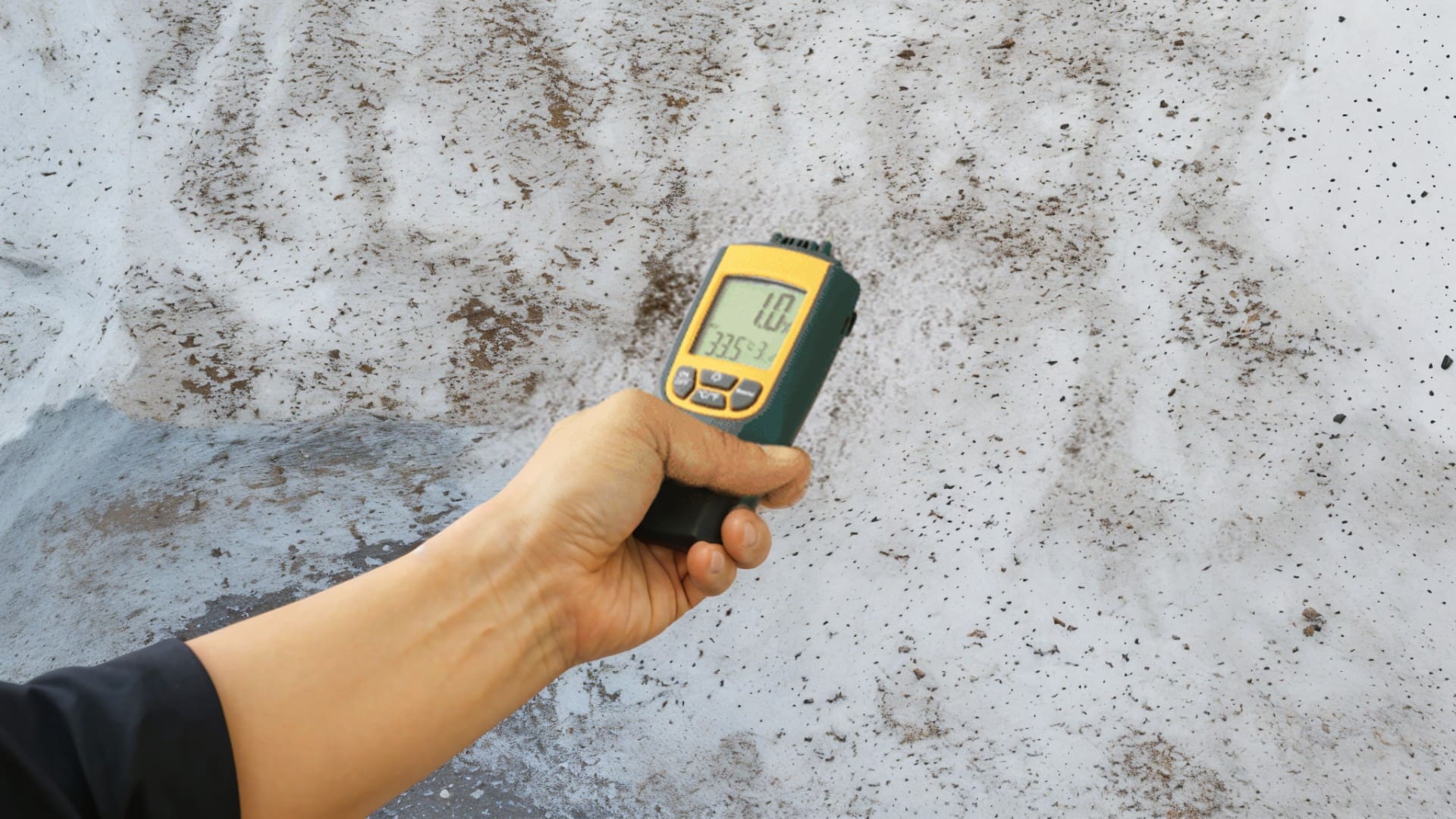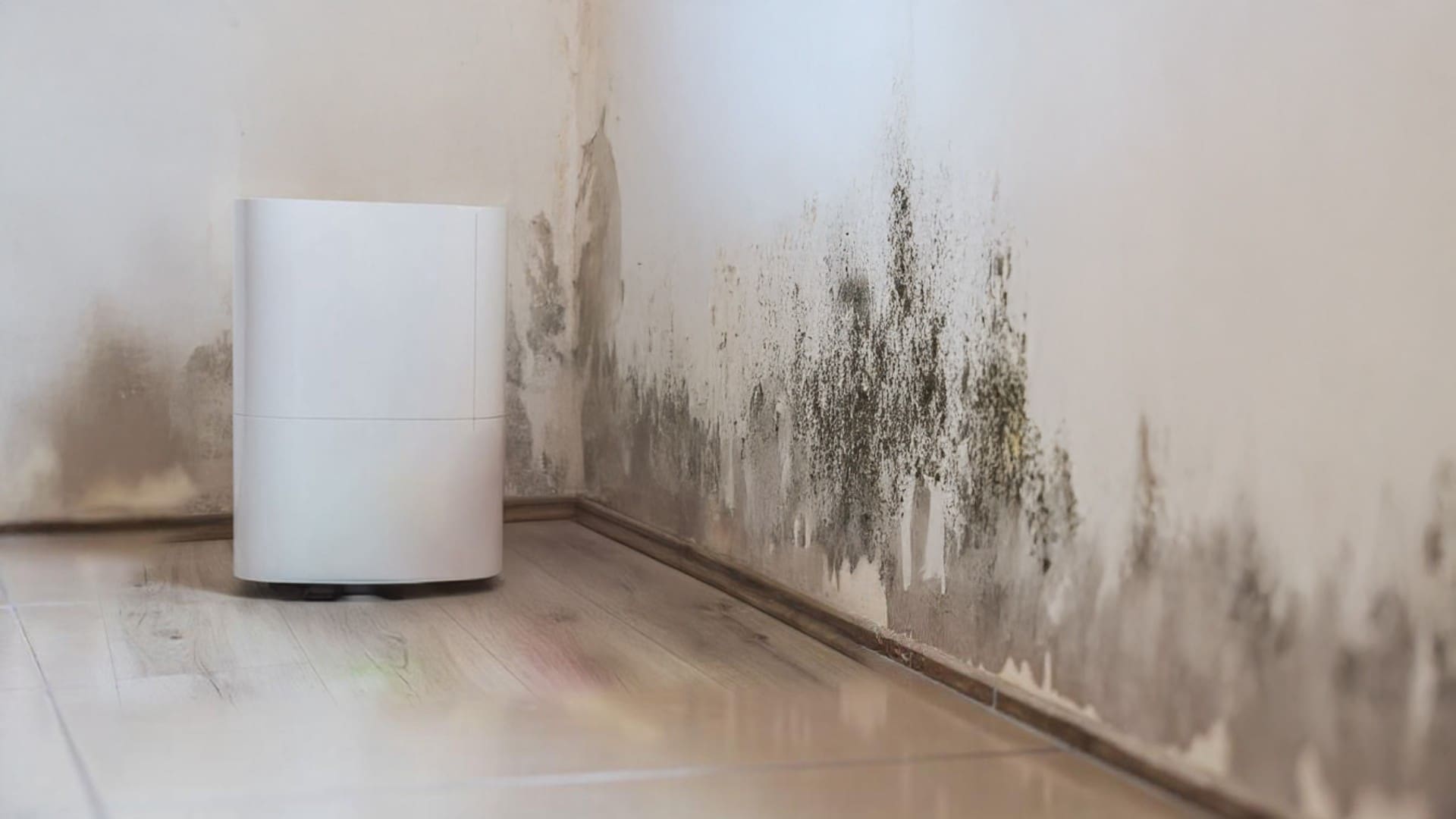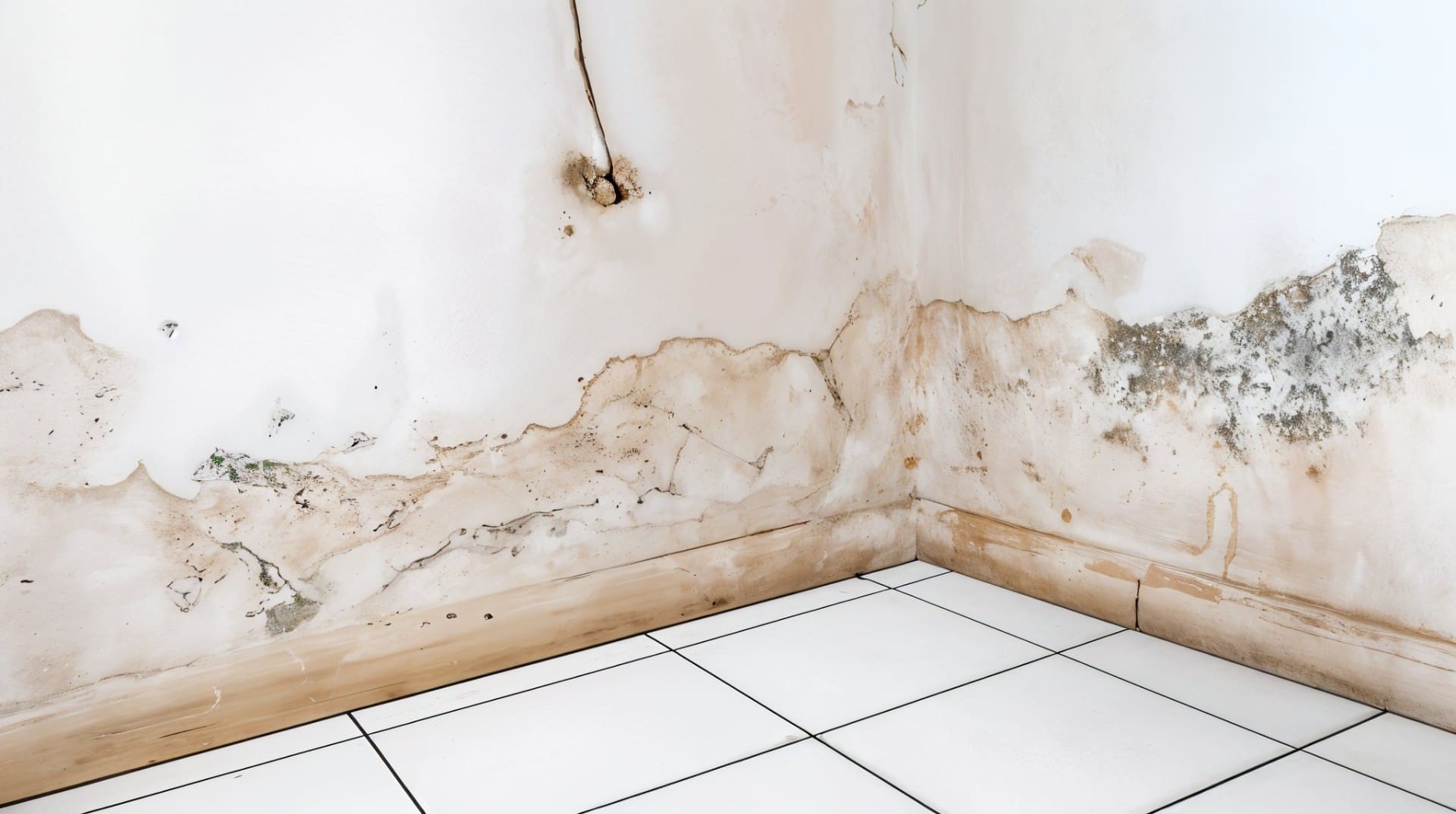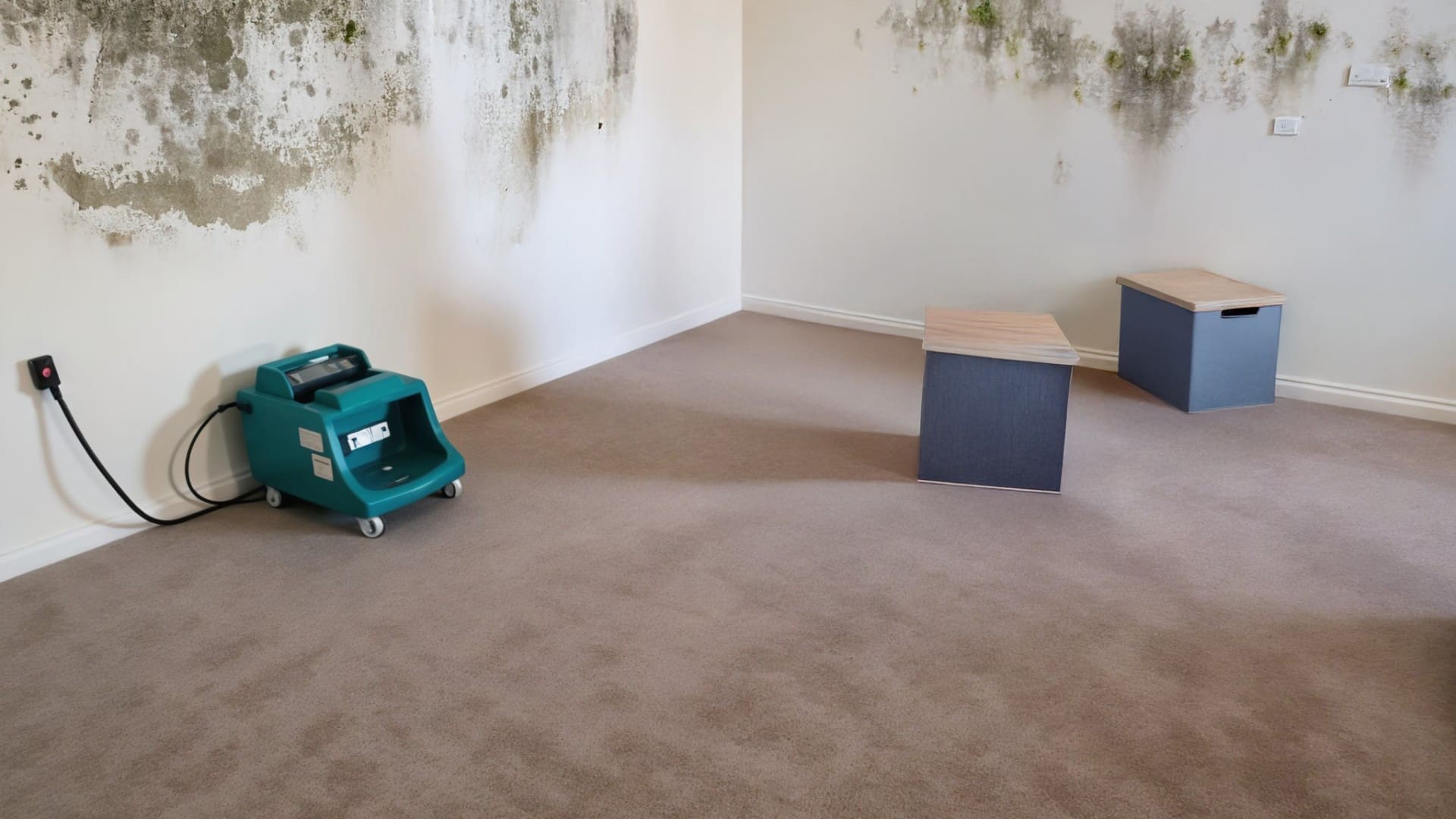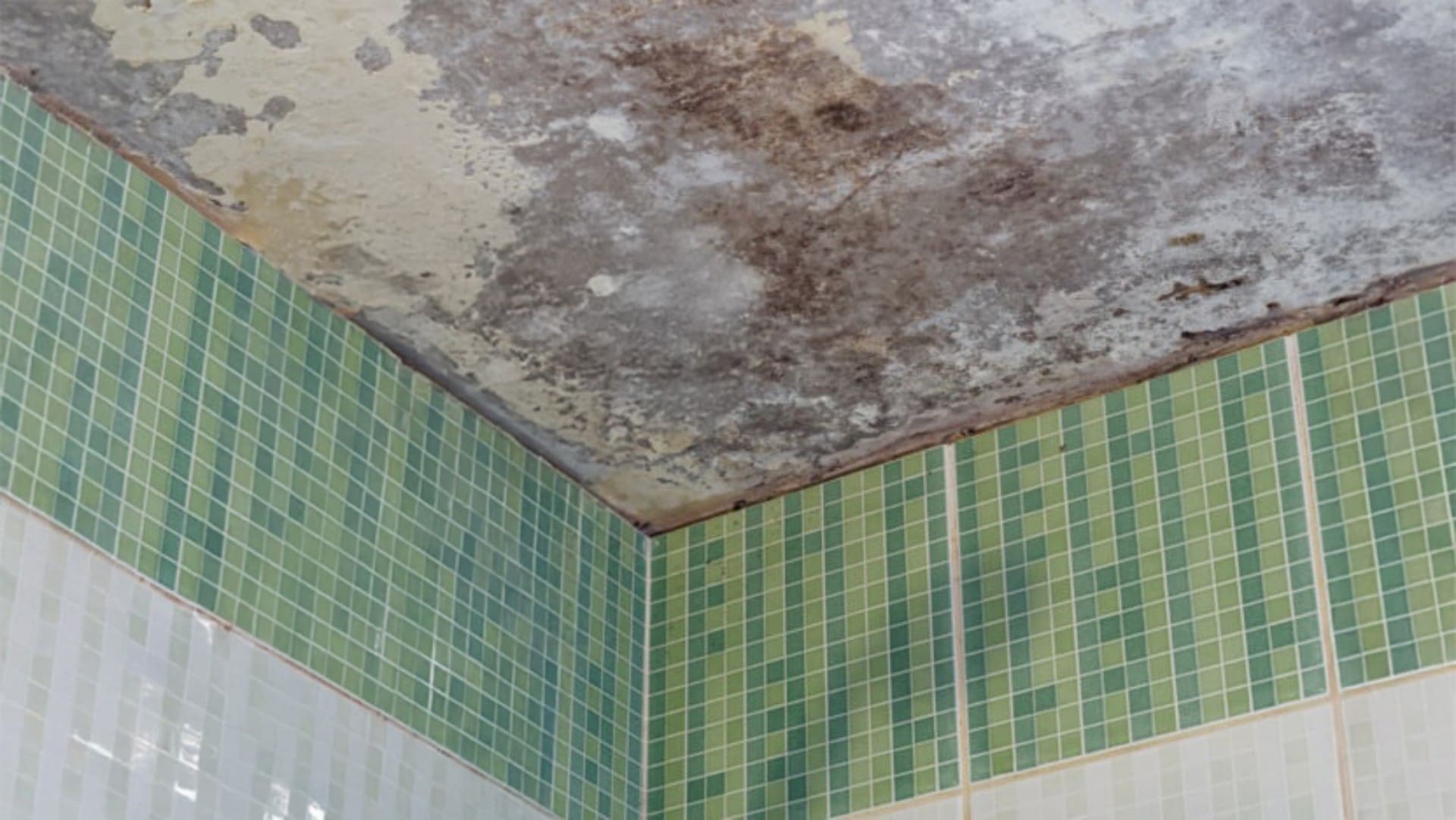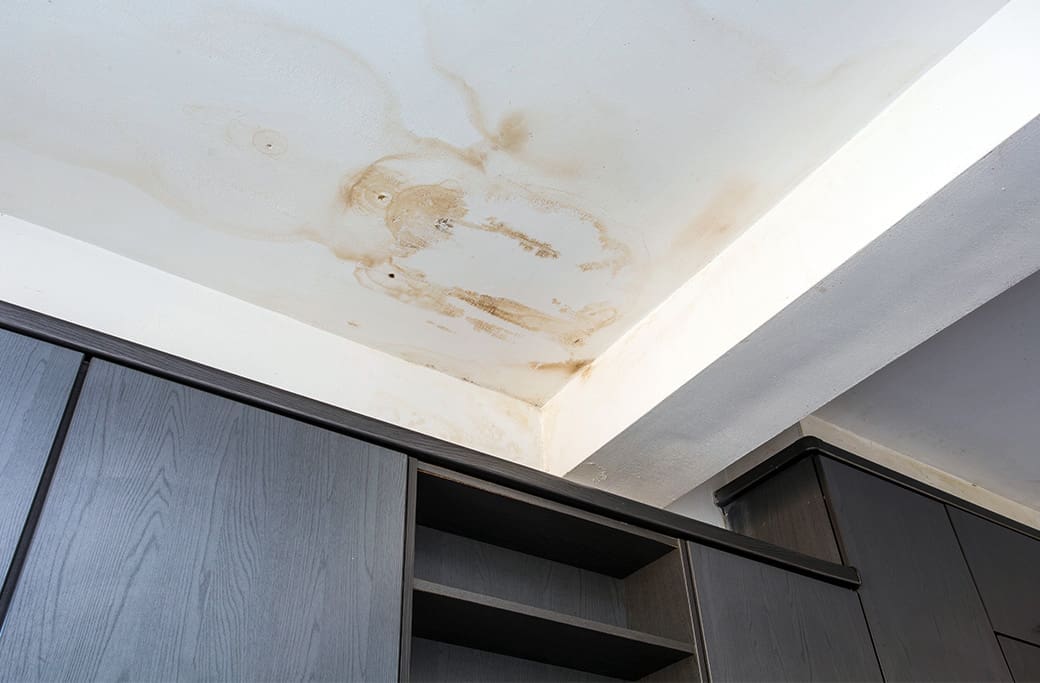Restoration FAQs, Tips, & Articles
A house fire is a traumatic event—but even once the flames are extinguished, the lingering odor of smoke can be a constant reminder of the damage. Smoke residue clings to walls, carpets, furniture, and HVAC systems, making your home feel less like a sanctuary and more like a smoky shell. Fortunately, with the right techniques […]
Mold behind walls can be a silent, dangerous invader that affects your indoor air quality, damages your property, and threatens your health. Unfortunately, since it often grows out of sight, many homeowners don’t realize there’s a problem until it becomes extensive—and expensive. This blog provides a practical guide on how to detect hidden mold behind […]
Mold is a persistent and often invisible threat that can compromise both the structural integrity of a home and the health of its occupants. Especially in regions with humid climates or homes that have experienced water damage, mold can quickly spread through hidden areas, releasing spores into the air. These spores can trigger allergies, respiratory […]
Water damage is one of the most common and costly problems homeowners face, and drywall is especially vulnerable. Often hidden behind paint or wallpaper, drywall can silently absorb moisture and deteriorate over time—creating the perfect environment for mold, structural damage, and health hazards. Recognizing the signs of water damage early can save you from costly […]
Water damage can strike when you least expect it—and when it does, your walls often take the brunt of the impact. Whether it’s a slow leak from a pipe, heavy rainfall breaching your home’s defenses, or a major plumbing failure, water damage on walls is not just unsightly; it’s a serious issue that can compromise […]
Discovering black mold on your ceiling is never a welcome sight. It’s more than just an eyesore — it’s a potential health hazard and a sign that there may be a larger moisture problem in your home. Whether it’s spreading across bathroom ceilings, growing above your kitchen, or creeping into your attic, black mold requires […]

